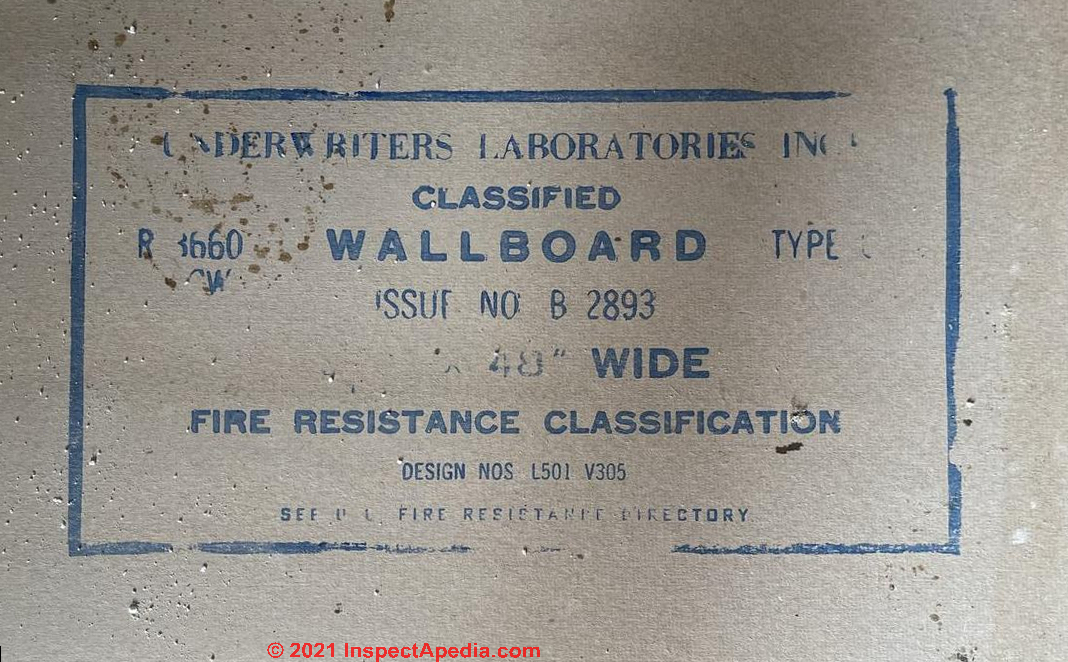


So, according to the Ontario Building Code, a utility shed, without plumbing, occupying an area of 10 square metres or less, would not require a building permit. Section 8 of the Act says that “No person shall construct or demolish a building or cause a building to be constructed or demolished unless a permit has been issued therefore by the chief building official.” In the context of the Act, “building” means (a) a structure occupying an area greater than 10 square metres consisting of a wall, roof and floor or any of them or a structural system serving the function thereof including all plumbing, works, fixtures and service systems appurtenant thereto, (b) a structure occupying an area of 10 square metres or less that contains plumbing, (c) plumbing not located in a structure, (c.1) a sewage system or (d) structures designated in the building code. OBC Division C – Part 1 Administrative Provisions, Subsection 1.3.1., spells out the requirement (Section 8 of the Building Code Act) and exemptions from the requirement for Building Permits. For the sake of this article, we are referencing the Ontario Building Code. Municipal bylaws may differ from one city to another and from one province to another. Regardless of whether or not a permit is required, there may be municipal bylaw requirements to be complied with. On smaller projects, the requirement for a building permit may not be obvious. Before starting on your projects, you ask yourself “Do I need a permit for these?” And while you’re at it, you figure it’s time to add a utility shed to your back yard to store that shiny, new lawnmower. So you finally decided to build a deck at the back of your house to host this summer’s family gathering.


 0 kommentar(er)
0 kommentar(er)
